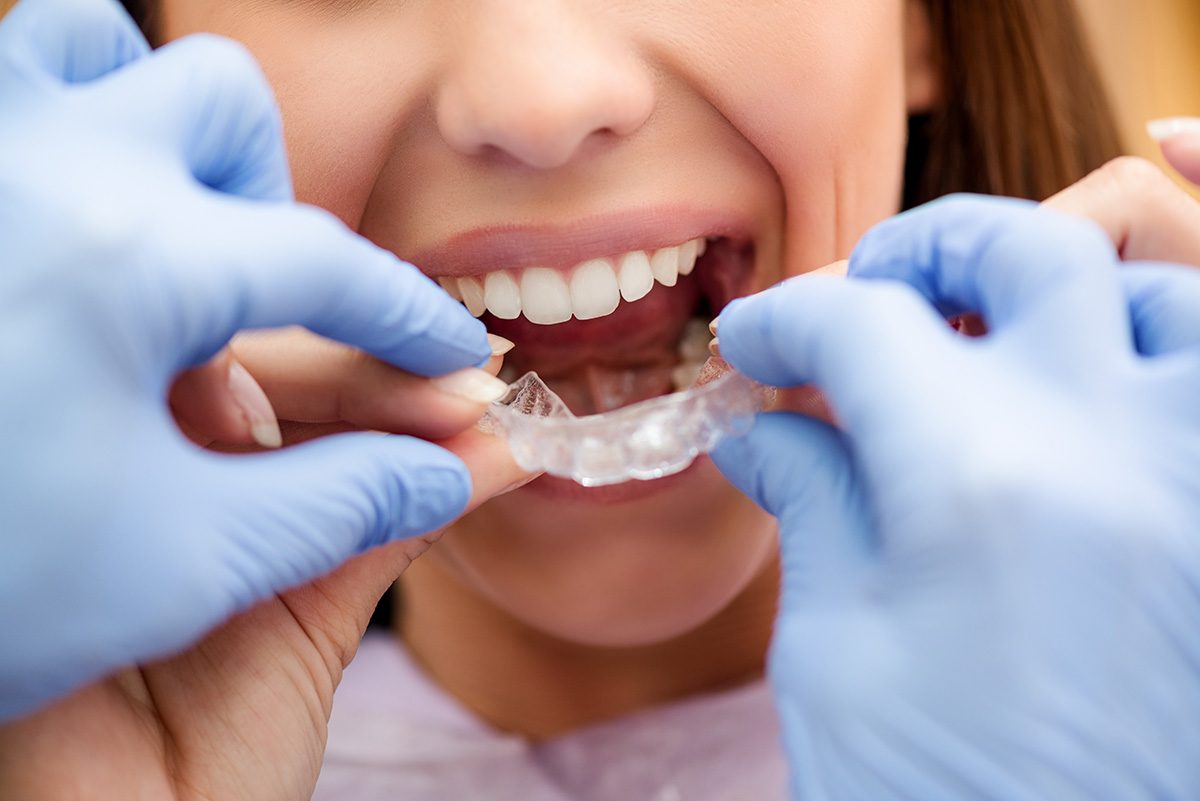Getting The Legacy Orthodontics To Work
Getting The Legacy Orthodontics To Work
Blog Article
Legacy Orthodontics - Truths
Table of ContentsThings about Legacy OrthodonticsSee This Report on Legacy OrthodonticsThe Basic Principles Of Legacy Orthodontics The Greatest Guide To Legacy OrthodonticsLegacy Orthodontics for Dummies
At Advanced Orthodontics, we provide patients with a holistic therapy experience. Additionally, we provide flexible therapy routines, adaptable repayment choices and a fun, enjoyable experience. braces. Telephone call ( 480) 357-4900 today for more information and schedule a visit.An orthodontist is a dental expert trained to diagnose, avoid, and deal with teeth and jaw irregularities. Orthodontists work with people of all ages, from kids to adults.
Malocclusion, or misaligned teeth, can result in oral problems, consisting of dental cavity, gum tissue illness, and challenging or unpleasant chewing. Not every person is born with straight teeth. If you have a poor bite or large spaces between your teeth, you might want to consult a dental practitioner focusing on orthodontic care.
4 Easy Facts About Legacy Orthodontics Described
( Image Credit Rating: DigitalVision/Getty Images) Orthodontists make use of fixed and removable dental devices, like dental braces, retainers, and bands, to transform the placement of teeth in your mouth. Orthodontic therapy is for oral problems, consisting of: Jagged teethBite problems, like an overbite or an underbiteCrowded teeth or teeth that are as well far apartJaw misalignmentThe goal of orthodontic treatment is to enhance your bite.
A healthy bite guarantees you can consume, eat, and speak properly. While you could consider orthodontists as mainly for children or teens who need braces, they can fix dental issues at any type of age. Orthodontists attend university, oral institution, and orthodontic institution. After graduation, they spend 2 or 3 years in an orthodontic residency program.
, yet not all dental practitioners are orthodontists. They concentrate on 2 locations: Just how to effectively and safely move teeth How to effectively guide development in the teeth, jaw, and faceOnce an orthodontist has completed training, they have the alternative to end up being board certified.
3 Simple Techniques For Legacy Orthodontics
Misalignment, or malocclusion, is one of the most common reason people see an orthodontist. It is genetic and is the result of size differences in between the upper and lower jaw or between the jaw and teeth. Malocclusion brings about tooth overcrowding, an askew jaw, or irregular bite patterns. Malocclusion is usually treated with: Your orthodontist connects metal, ceramic, or plastic square bonds to your teeth.
Some people require a headgear to help relocate teeth right into line with pressure from outside the mouth. A retainer is a custom-made gadget that maintains your teeth in location.
They can create extra room in the mouth without having to draw teeth. Orthodontists utilize cables, surgical screws, or plates to support your jaw bone.
You may require to see an orthodontist if you have: Crowding or otherwise enough space for every one of your teethOverbite, when your upper teeth come over your base teethUnderbite, when your bottom teeth are too much forwardSpacing or issues with gapsCrossbite, which is when your top teeth fit behind your bottom teeth when your mouth is closedOpen bite or an upright void between your front base and upper teethMisplaced midline, when the center of your bottom and top teeth don't line up Fixing an oral malocclusion can: Make biting, eating, and speaking easierImprove the balance of our face and your overall appearanceEase pain from temporomandibular joint problemsDifferent your teeth and make them easier to clean up, assisting protect against tooth degeneration or cavities It's commonly a dentist that initially notifications misaligned teeth during a regular test.
Some Known Details About Legacy Orthodontics

Throughout your very first orthodontic consultation, you'll likely have: A dental examPhotos taken of your face and smileDental X-raysPanoramic (360 level) X-rays of your face and headImpressions to produce mold and mildews of your teethThese examinations will certainly help your orthodontist recognize exactly how to continue with your treatment. leesburg braces. An orthodontist is a dental practitioner that's had training to treat your teeth and jaw
Orthodontists may carry out surgical procedure, exams,X-rays,and even more to aid you achieve a much more comfortable, much healthier smile. An orthodontist is focused on your bite, so something like a broken tooth would certainly be dealt with by a dentist. Orthodontists are dental experts however not all dental professionals are orthodontists. Orthodontists are focused on your bite, or the means your teeth fit with each other, and the straightness of your teeth.
Ever before wondered just how celebrities always seem to have flawlessly lined up teeth? Orthodontists are oral experts that concentrate on dealing with irregularities in the teeth this and jaws.
Not known Incorrect Statements About Legacy Orthodontics

, orthodontists have a varied toolkit at their disposal. These reliable dental braces make use of a system of brackets adhered to the teeth and linked by cables.
Clear aligners, like Invisalign, are a prominent choice for clients seeking a more discreet therapy option. These removable trays are customized to progressively change the teeth's position. Headgear may be made use of in conjunction with braces or aligners to apply added targeted forces, particularly for dealing with jaw disparities. In instances of slim jaws, palatal expanders can be used to create space for appropriate tooth positioning.
Report this page